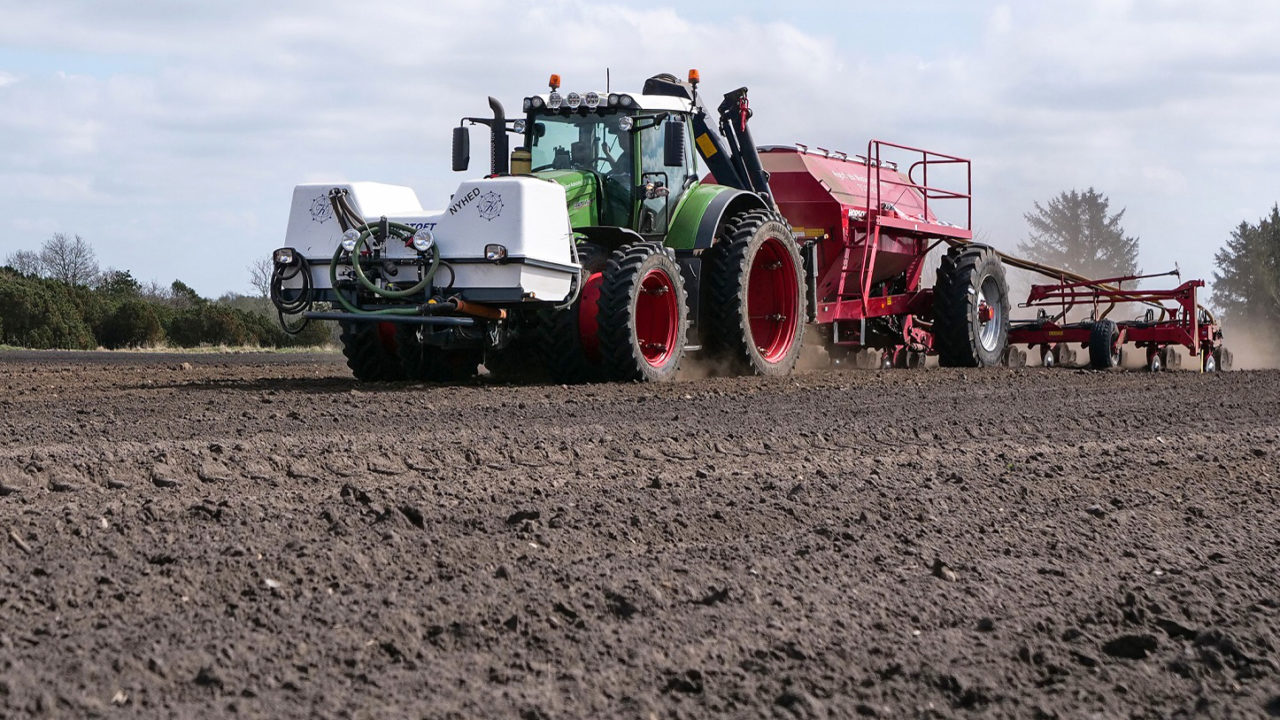Dual wheels were, at one time, all the rage with tillage farmers, as the appreciation grew that the increasing weight of ever more powerful tractors was starting to damage the soil structure.
The tractor manufacturers responded with bigger wheels and larger tyres which rendered the fitting of duals an unnecessary bother; OEM items were also less likely to sheer the wheel studs off.
Renewed interest
Now the Danish tyre distributor NDI, in partnership with SEGES, a commercial research company, is to compare high flexion (VF) tyres fitted to dual wheels running between rows with wide LGP tyres running on top of the rows.

This is the second trial run by the companies; last year they compared the effect of spreading fertiliser with standard or VF tyres fitted to the tractor. The result was a €32/ha boost in margin in favour of the latter.
Encouraged by the apparent benefit of high flexion tyres, manufactured by Alliance, this year's trial seeks to establish if the ground pressure exerted by a standard narrow tyre can be compensated for, through the use of the latest tyre technology.
Contact patch is key
A standard narrow tyre will exert a large down force through its contact patch. However, a VF tyre will 'squab' both laterally and longitudinally, greatly increasing its contact area with the soil and so reduce ground pressure.

By using two narrow VF tyres per wheel, with a suitable space between them, it is intended that no weight be placed directly upon the sown strip of ground, while, at the same time, reducing damage to the soil between the rows that the tyres are running on.

To create a standard to which the results can be compared, a second set of wide LGP tyres was fitted to the tractor which then ran on top of the rows, albeit at a much reduced ground pressure.
Autumn analysis
The experiment was run during the sowing operation and there will follow visits by SEGES to assess the growth and quality of the crops.
Once the crop is harvested, the data will be analysed to confirm, one way or the other, the significance of using VF duals rather than LGP tyres.

A similar experiment has been run in Germany which did show there was some benefit to this set up, however, NDI wants to be sure that the same applies in Danish conditions.

